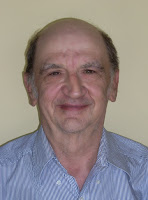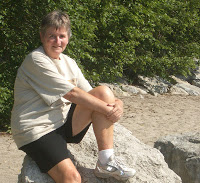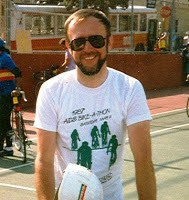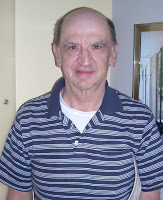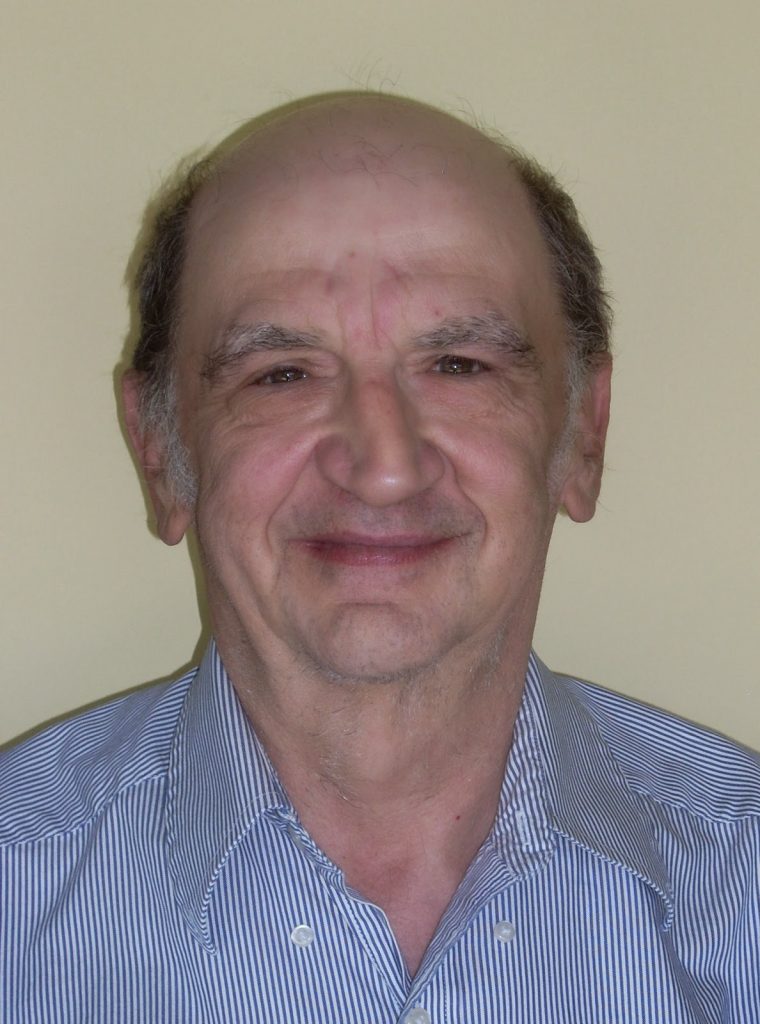Wikipedia: On November 22, 1963, John F. Kennedy, the 35th President of the United States, was fatally shot in Dallas, Texas while riding in a motorcade in Dallas’ Dealey Plaza, at 12:30 p.m. Central Standard Time.[1]
On that date I was a sophomore at Queens College, located in Flushing, Queens, NY. I was on my way to a swimming class in a gym building that looked like and still looks like an airplane hangar. As I was approaching the front door of the building another student told me what happened and we both walked over to a car parked in the parking lot in front of the gym-swimming pool building, and the owner of the car put his car radio on leaving the front door open; and we all listened. It was horrifying and frightening, of course.
Politically, I would say that, in the USA, it has been downhill ever since. And with the exception of Jimmy Carter, we really have not had any president with as much potential and enlightened attitude, as shown by John Kennedy, since. At least Jimmy Carter had morals. Barack Obama was good for the first 6 years then he conked out when he got enthused about TPP.
The whole nation was dazzled when John F. Kennedy was elected. One reason for Kennedy’s power was his granting a seat to the AFL-CIO at the table of power-making decisions. And the AFL-CIO delivered in those days. Working people had protections, status and reason to believe in a better future. About two years ago I called the AFL-CIO of Colorado, and they said they are not on speaking terms with the Democratic Party. To state the obvious, when the Democratic Party decided to stop advocating for working people, they got massacred by the wealthier, very nasty Republican Party. If the Democratic Party does return to advocating for working people and really listens to the AFL-CIO, they will become the majority party again. Otherwise they will shrink even further.
John Kennedy valued working people, granted appropriate power to the AFL-CIO, he valued college graduates. He believed our educational system should be well-financed and respected. Back in the early 1960’s the American educational system was number one in the world. Today it is about number 38 and declining.
Mrs. John F. Kennedy, Jacqueline née Bouvier (later Onassis) was not only beautiful but knew how to decorate mansion interiors and so decorated the White House with a French accent. The Kennedy’s were fabulously popular in Europe and Latin America. Americans were proud of their political leaders, of course, now we are ashamed and embarrassed, really ashamed.
Although I am a Bernie Sanders/Jill Stein fan, I think we should continue along the path of enlightened capitalism, as advocated by John F. Kennedy. Although I don’t have a phobia of socialism that the establishment constantly promotes, John F. Kennedy’s economic philosophy actually worked for the vast majority of Americans.
+++++++++++++++++=
3-17-13 Thinking of the Kennedy’s on St. Patrick’s Day
It must have been in the late 1990’s, when I was working as a caseworker for the NYC Human Resources Administration, I was sent to Headquarters at 330 Church Street in way downtown New York, that is to say Manhattan. Back then I could easily see the Twin Towers of the World Trade Center. I had a Citibank checking account, and there was an ATM about 2 blocks around the corner from where I would go about 3 times a week to get lunch money. One afternoon I went, and I noticed an extremely handsome Irish-looking fellow. It took a few seconds, but I realized that the other young man was John F. Kennedy, Jr. Like any “peasant”, JFK Jr. went to the ATM and did his routine to withdraw what I presume was a small sum of money to get through his day.
Occasionally, he was accompanied by a tall pretty woman who dressed like a hippy. Back then all I had to do was watch the news and I learned that she was Carolyn née Bessette Kennedy. As the months passed, I saw both of them frequently. I learned why they were using that particular ATM. It was located in SoHo which at that time was undergoing gentrification, and John and Carolyn had purchased an expensive condo in one of the tall apartment buildings nearby. The two of them were actually my “neighbors” for the duration of my assignment downtown. I never got up the nerve to say “hello” or “hi there”, but occasionally I would roll my eyes at another person waiting to use the ATM to indicate there was someone famous in front of us.
Eventually, my assignment ended, and I no longer got to ogle the handsome Kennedy couple. Then about a year later I heard he and Carolyn had died in an airplane crash, actually, July 16, 1999, Atlantic Ocean, off the coast of Martha’s Vineyard. The news of this accident really saddened me.
Some speak of the “curse of the Kennedy’s”. It could be a curse, I guess, or is something going on behind the scenes that the public is not aware of?
© 2 April 2017
About the Author
I was born in 1944, I lived most of my life in New York City, Queens County. I still commute there. I worked for many years as a Caseworker for New York City Human Resources Administration, dealing with mentally impaired clients, then as a social work Supervisor dealing with homeless PWA’s. I have an apartment in Wheat Ridge, CO. I retired in 2002. I have a few interesting stories to tell. My boyfriend Kevin lives in New York City. I graduated Queens College, CUNY, in 1967.
